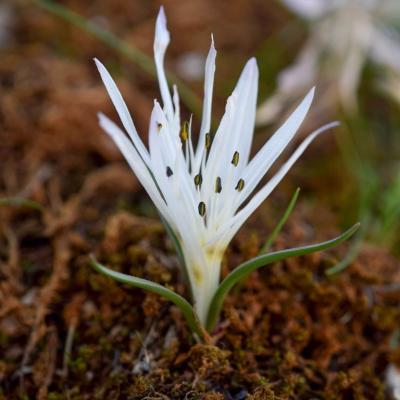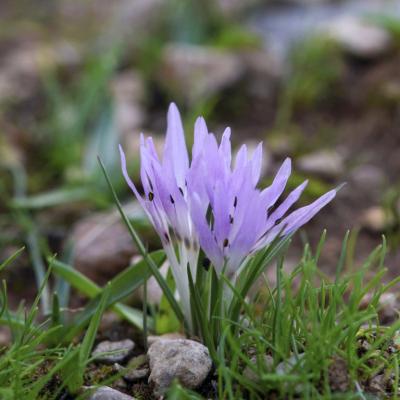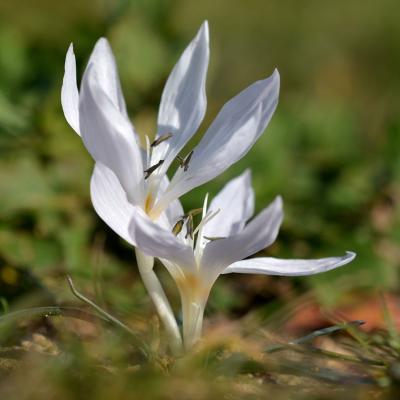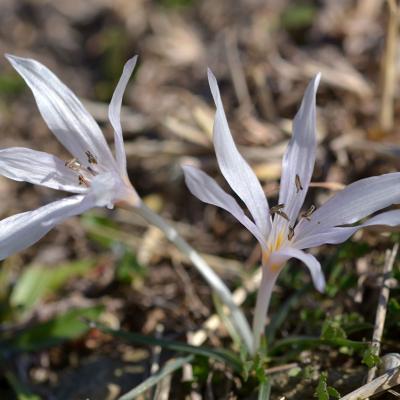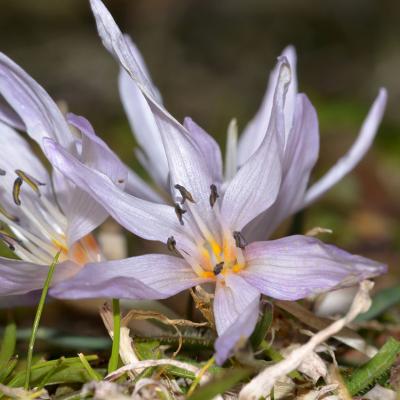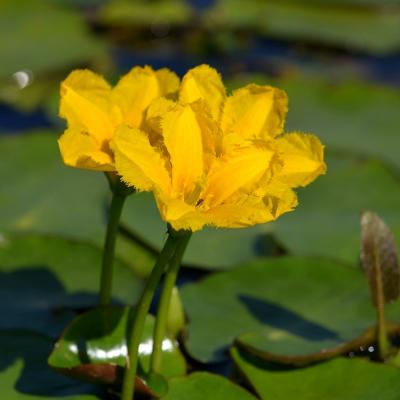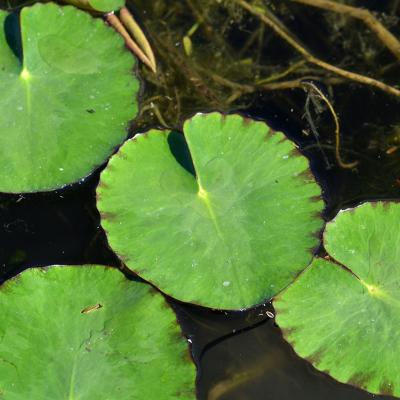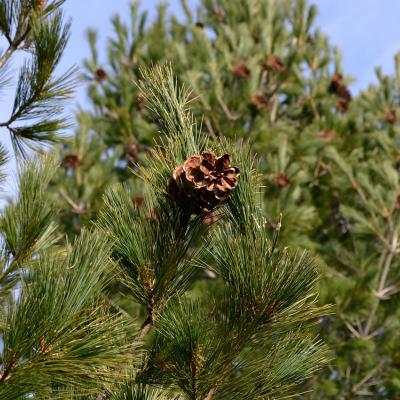Giorgos Poulis
Platanthera chlorantha is an orchid with a tall, robust stem, bearing small, slender white-greenish flowers with a characteristically long spur. It appears in forests, shrublands and meadows, flowering from May up to August. Its distribution includes nearly entire Europe, the Middle East, Caucasus, reaching its easternmost borders in Iran. In Greece, it appears in almost all floristic regions, apart from the Cyclades and Crete, from an elevation of 800 m a.s.l. and above.
Centaurea vlachorum Hartvig was described only in 1981 from the mountains Milia and Aftia and it was initially considered an endemic species of Northern Pindos (N. Greece), but it was recently discovered on mountains of Albania, rendering it a Balkan endemic.
Although the genus Centaurea is represented by a 3-digit figure of species in Greece, C. vlachorum stands out quite easily due to a number of morphological characters, such as leaf shape, indumentum and the thickened stem below the capitulum.
Paeonia mascula subsp. hellenica is a robust perennial plant, with stems reaching a height of 60 cm. Its large, impressive, cup-shaped flowers, that reach diameters up to 13 cm constitute a fine lesson for floral morphology, as one can identify macroscopically, all the individual floral parts, such as the numerous stamens with the yellow anthers and the tomentose carpels with the bright-red, circinnate stigmatic area. The flowering period lasts from April to June.
Colchicum atticum Spruner like a festive jewel, comes to brighten up the winter landscape, flowering from November up until February. A minute geophyte with white-purplish flowers, that protrudes just a few centimeters above ground, among the leaves that appear simultaneously with the anthesis. Although difficult to observe, it is quite low-demanding, appearing in open rocky places among phrygana, in sparse pine forests, as well as in olive groves. The residents of Athens can find it on Lycabettus hill, near the city centre.
Colchicum chimonanthum K. Perss., as all other members of the genus Colchicum, is a geophyte with flowers protruding a few centimeters above ground surface. As its name implies, it flowers during winter, from December to February. Its tepals are white or have a subtle pink-violet hue. Among them, the stamens with the characteristic golden yellow base stick out. It grows in slopes with low herbaceous vegetation or sparse shrubs. It is a local endemic of the prefecture of Macedonia, firstly described as a separate species in 1999.
Nymphoides peltata (S. G. Gmel.) Kuntze is an aquatic macrophyte, which roots at the bottom of lakes, swamps and slow-moving rivers. Its long flexible stems allow its circular-cordate leaves with undulate margins to spread on the water surface, while its yellow-petaled flowers emerge a few centimeters above it. It is a Eurasian species that in Greece is spread in Northern and Southern Pindos, Sterea Hellas, North-Central and North-Eastern floristic regions.
Pinus peuce is an endemic pine species of the southern Balkan peninsula. Apart from Greece, it occurs in South Serbia, Montenegro, Albania, FYROM and Bulgaria, where it forms pure or mixed stands with other conifers and broadleaved species. In our country it meets the southernmost part of its distribution, occurring in isolated locations of the northern border in Macedonia and Thrace. It grows in the montane zone, at altitudes up to 1700 m, avoiding limestone soils. It usually reaches a height of 30-35 m, but individuals that reach 42 m have been reported.

